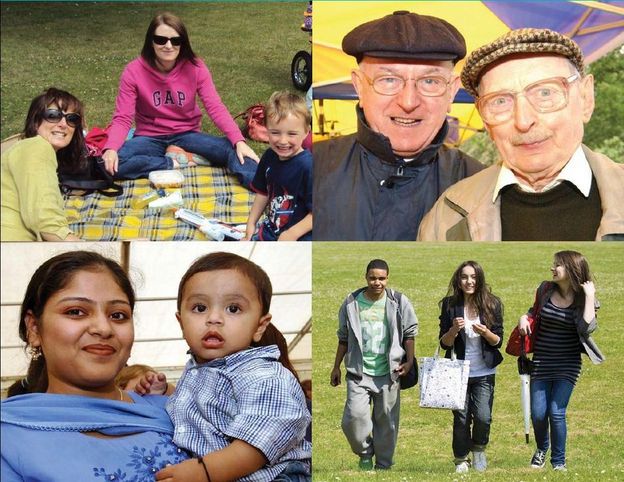Assets
This section of Understanding Glasgow provides case studies of asset based approaches from 19 community projects across Scotland. These case studies complement the existing indicators and themes within Understanding Glasgow and illustrate examples of positive action to change and improve people’s lives, which build on the strength of individuals and assets of communities.
If you'd like to get in touch with any of the projects featured in these case studies, please use the contact information provided in Appendix D of the main report.
There are also two Animating Assets digital stories available to watch, in which people in Barmulloch and Balornock and people in Milton used film to capture their experiences of what is different about working in an asset-based way and how this developed in their local areas.

Introduction to the case studies
Health assets and asset based working have recently come into sharper focus as being potentially important in improving population health and reducing health inequalities. Health assets are described as the collective resources which individuals and communities have which help protect against poor health and also support the development and maintenance of good health. Central to assets approaches is the idea of people in control of their lives through development of their capacities and capabilities. It is thought that such control enables people to become better connected with each other and encourages a spirit of cooperation, mutual support and caring.
Asset based approaches are ways of working that promote and strengthen health assets. Assessing and building on the strengths of individuals and the assets of a community may open the door to new ways of thinking about and improving health and of responding to ill health. The literature suggests that the assets perspective offers practical and innovative ways to impact on the positive factors that nurture health and wellbeing.
The case studies of community based projects available here are part of larger research study; ‘Assets in Action: illustrating asset based approaches for health improvement’ which profiles the work of 19 community projects with the aim of illustrating how asset based approaches are currently being applied in Scotland. The full research report presents the study aims and objectives, methodology, findings and points of learning and policy implications and recommendations for the future development of asset based working in Scotland. This research provides a valuable insight into the practical experiences of those working most closely with communities in an asset based fashion.
This research is part of the GCPH theme of work on asset based approaches and resilience.
The case studies presented here demonstrate asset based working in action across Scotland. The cases work with a range of target audiences, are based on a wide range of topic related activities and areas of interest, and vary in their scale and reach. These case studies highlight the key characteristics of asset based working and demonstrate the strengths and challenges of the approach for individuals, the wider community and project staff. It is hoped that these examples of practice, combined with the findings and discussion presented in the full research report, may provide a stronger basis for colleagues to assess what might work to improve health and wellbeing within an asset based framework in their local context.
The detailed information presented in each case study was gathered from documentary analysis and staff and participant interviews. All information was correct at the time of writing up the studies (October 2011 to August 2012).







